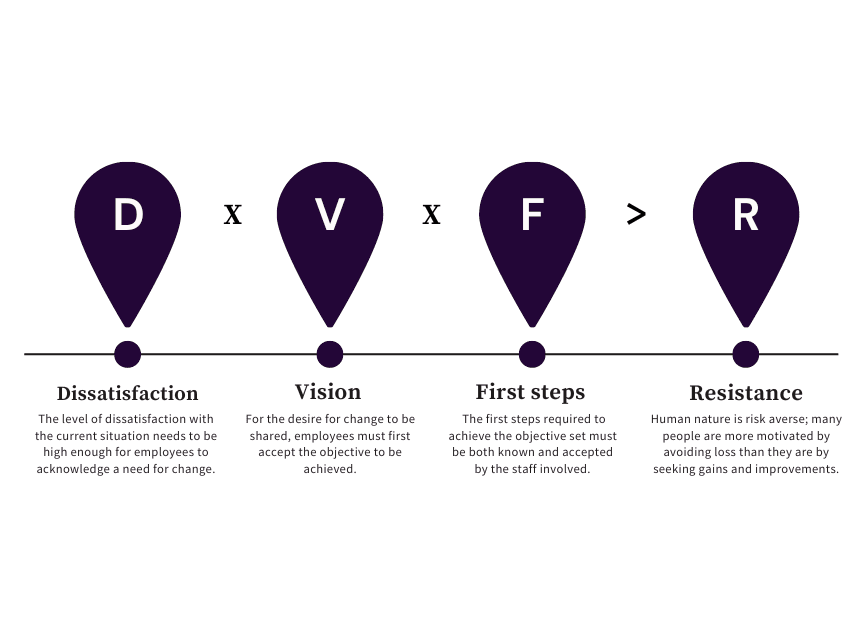How to Be an Agile Organization
In today’s fast-paced business environment, the ability to adapt quickly to change is more than just an advantage—it’s a necessity. An agile organization is poised not just to survive but to thrive amidst the whirlwind of evolving customer needs and business landscapes.
But what does it truly mean to be agile, and how can organizations embody this principle to maintain a competitive edge? Let’s dive into the core aspects that define an agile organization and how you can transform your business to meet the demands of the modern world.
What is an Agile Organization?
An agile organization is more than a company that simply responds to changes; it’s one that anticipates and evolves proactively. It’s set up in a way that really focuses on leadership, not just management.
This type of organization has a structure, policies, and capabilities specifically designed to empower employees to respond swiftly to changing environments. The agility here is focused on adapting to customer needs and changes in the business environment, ensuring that the company not only survives but also thrives by being at the forefront of innovation and service.
The Red Queen Effect
The concept of the Red Queen Effect, derived from Lewis Carroll’s “Through the Looking-Glass,” perfectly encapsulates the essence of agility in a business context. It’s the idea that “it takes all the running you can do, to keep in the same place. If you want to get somewhere else, you must run at least twice as fast as that!”
In other words, continuous improvement and rapid adaptation aren’t just for gaining an edge; they’re necessary for maintaining relevance. For businesses, standing still is akin to moving backward as competitors and the market evolve at an ever-accelerating pace.
Traits of Organizations that Excel at Change
Organizations that excel at change share a common set of traits. They are open-minded, fostering an environment where new ideas and strategies can emerge. Open communication channels ensure that these ideas are shared freely and constructively. These companies acknowledge and confront reality, refusing to rest on past laurels or deny emerging threats. They challenge the status quo, encouraging innovation and experimentation.
Leadership in these organizations listens to feedback from all levels, understanding that valuable insights can come from anywhere. A willingness to take calculated risks and, importantly, to accept and learn from failures, is also crucial. These traits combine to create a culture that not only anticipates change but embraces it.
The Change Formula
To become agile, organizations must leverage a blend of widespread dissatisfaction with current conditions, establish a clear and shared vision for change, and define actionable first steps that employees accept and support. This collective momentum must be strong enough to overcome the natural resistance to change.
By adopting this formula, organizations can foster agility and responsiveness, enabling them to navigate and thrive in rapidly changing environments.
Lead Your Organization Through Change
In an era defined by constant change, agility is not just a buzzword but a fundamental attribute for success. At QuickFacts, we understand the challenges businesses face in this dynamic landscape. That’s why, alongside our comprehensive “Leading Through Change” course, we invite you to explore our established workflows software. This solution is expertly designed to streamline efficiency, reduce reliance on management, and create consistency across your brokerage departments, empowering your organization to not only navigate but excel in today’s fast-paced environment.
Our RIBO certified course, paired with our proven workflows software, equips you and your leadership team with the knowledge, skills, strategies, and tools needed to lead your organization through change effectively. Embrace agility, transform the way you do business, and secure a prosperous future in an unpredictable world.
Discover how our workflows software can revolutionize your operations by visiting our product page and booking a demo today.






